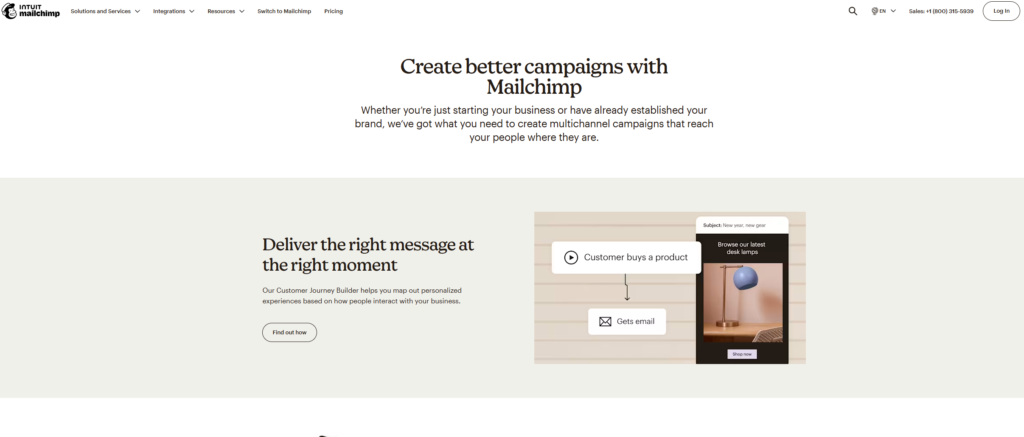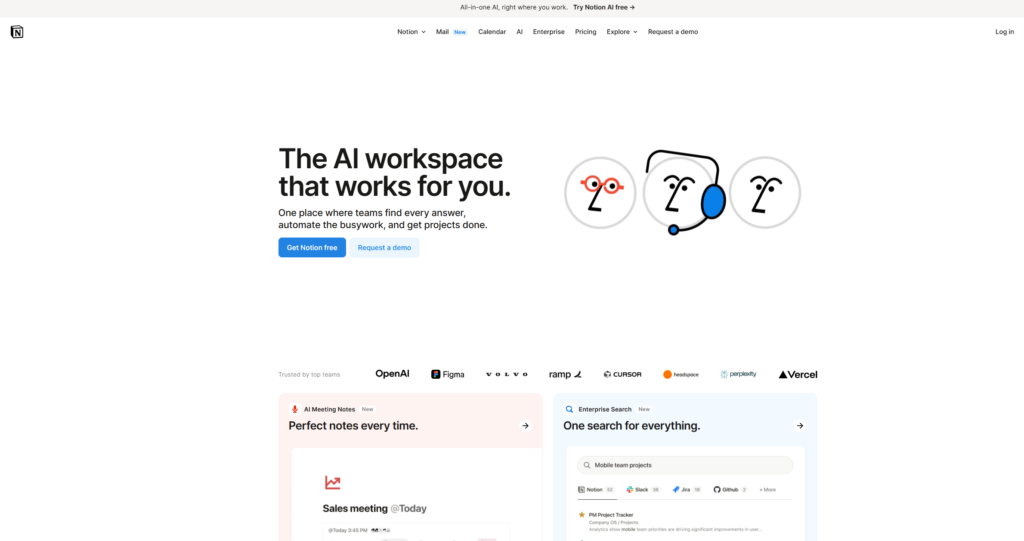If you are searching for the top branding strategies for SaaS companies, you’re in the right place. With so many software products entering the market every year, it’s more important than ever for SaaS companies to build a unique brand that truly connects with their audience. Wondering how to make your SaaS product stand out in a crowded market? Let’s break it down into simple terms so that even if you are just starting out, you’ll know exactly where to begin.
Branding isn’t just about logos or colors. It’s about the feeling your audience gets when they interact with your product. A strong brand creates trust, loyalty, and long-term success. Whether you’re a solo founder or part of a growing team, these top SaaS branding strategies will help your product get noticed and remembered in 2025 and beyond.
1. Define Your Brand Purpose and Positioning
Your brand purpose is the “why” behind your SaaS company. It’s not just about selling software, it’s about the impact you want to create. This is a core part of the top branding strategies for SaaS companies in 2025.
When you clearly define your positioning, you stand out in a crowded market. Use a framework like:
“We help [target audience] achieve [result] by [unique approach].”
Example: Intercom positions itself as a “complete customer service solution,” and everything from their homepage to their features page supports this purpose.
Pro Tip: Add your value proposition to your website hero section and social media bios to reinforce positioning.
2. Know Your Ideal Customer Profile (ICP)
Understanding your Ideal Customer Profile (ICP) helps you create a brand that speaks directly to the people who matter most. This includes demographics, pain points, goals, and decision-making behaviors.
Use surveys, customer interviews, and analytics to build rich ICP personas. Then, craft messaging and visuals that match their expectations.
Your ICP includes details like:
- Industry or niche
- Company size
- Key pain points
- Job titles of decision-makers
Example: Mailchimp customizes its branding to small business owners with clear messaging, cheerful visuals, and beginner-friendly features.

Pro Tip: Run quarterly ICP reviews to ensure your branding stays aligned with your evolving audience.
3. Create a Consistent Visual Identity
Your brand visuals are the first thing people notice. They include your logo, colors, typography, iconography, and UI design. Consistency builds recognition and trust.
This includes your:
- Logo
- Font style
- Color palette
- Icons and graphics
Ensure your website, dashboard, email templates, and ad creatives all follow the same design language. Document these in a brand style guide.
Example: Notion’s clean design and muted palette create a calm, productive feel across all platforms, from website to app UI.

Pro Tip: Use tools like Figma or Canva Brand Kit to maintain visual consistency across your team.
4. Craft a Memorable Brand Voice
Your brand voice is how your company “sounds.” It helps humanize your software and makes communication more engaging. Is your brand friendly? Bold? Professional? Pick a tone that resonates with your ICP.
Maintain this voice in your landing pages, product copy, emails, blog posts, and chatbot interactions.
Your brand voice can be:
- Professional
- Friendly
- Quirky
- Bold
Example: Slack uses a casual, playful tone that reflects its friendly and team-focused brand personality, even in product tutorials.
Pro Tip: Create a brand voice chart with examples of dos and don’ts to train your team and content writers.
5. Align Product Experience with Brand Promise
Great branding doesn’t stop at marketing, it continues inside the product. Your UX/UI design and user journey should reflect the brand values you promote.
If your SaaS claims “simplicity,” then every click and interaction should feel effortless.
Example: Dropbox is known for “easy file sharing,” and its clean UI and intuitive onboarding reinforce that promise perfectly.
Pro Tip: Run usability tests and align feature rollout with your brand’s core message.
6. Leverage Content Marketing for Brand Authority
Publishing helpful, SEO-optimized content positions your SaaS as a trusted thought leader. Blogs, LinkedIn posts, podcasts, and videos can all build your brand authority.
Related article read: SAAS CONTENT
Consistency and relevance matter more than volume. Answer real customer questions with value-driven insights.
Example: HubSpot grew its brand massively by providing high-quality inbound marketing content, eBooks, and free tools like their blog topic generator.
Pro Tip: Use keyword tools and AI search trend analysis to fuel your content calendar.
7. Build Community and Customer Advocacy
SaaS branding isn’t just about visuals and copy, it’s also about experience and emotion. Encourage loyal customers to become brand advocates.
Host webinars, launch Slack or Discord groups, and promote user-generated content (UGC). Use testimonials and case studies as social proof.
Example: Notion’s community-driven growth, with ambassadors, events, and a robust online forum, helped the brand scale globally.
Pro Tip: Offer exclusive perks or early access features to your most engaged customers and community members.
Build a SaaS Brand That Lasts
A strong and consistent brand helps SaaS companies rise above the noise, build trust faster, and create long-term customer loyalty. The top branding strategies for SaaS companies, from defining your purpose to building community, are not just checkboxes but growth drivers in a competitive B2B landscape.
Take inspiration from Notion’s minimalist identity or HubSpot’s thought leadership-driven brand; these are real-world examples of SaaS branding done right. Whether you’re a startup or scaling fast, your brand is more than a logo, it’s how customers feel about your product.
At B2B Marketing Engine, we help SaaS brands craft standout identities that connect and convert. If you are looking to refresh your brand or build one from scratch, start with a strategy that’s built to scale.
Leave a Reply